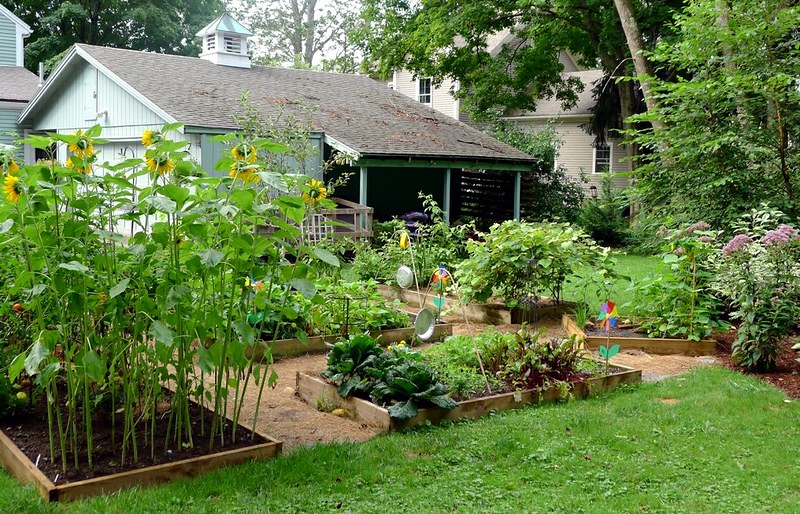Have you ever wondered about the magic behind yogurt making at home? Many people are discovering the joys and benefits of creating their own homemade yogurt. Not only is it a fun and rewarding process, but it also allows you to tailor the taste and texture to your personal preference. This article will guide you through the ins and outs of making yogurt in your kitchen.

Why Make Yogurt at Home?
There are numerous reasons to embark on the journey of yogurt making at home. Firstly, homemade yogurt is often fresher and more flavorful than store-bought options. Additionally, you have full control over the ingredients, ensuring there are no unwanted additives or preservatives. Moreover, making yogurt yourself can be more cost-effective in the long run.
Essential Ingredients for Homemade Yogurt
To get started with yogurt making at home, you will need just a few basic ingredients. These include milk, a starter culture, and optionally, sweeteners or flavorings. The milk is the primary ingredient, while the starter culture is what transforms it into yogurt through fermentation. You can choose between cow’s, goat’s, or plant-based milk depending on your dietary preferences.
Choosing the Right Milk
The type of milk you select will greatly impact the flavor and texture of your yogurt. Whole milk tends to produce a creamier yogurt, while low-fat or skim milk results in a lighter version. If you prefer a non-dairy option, consider using almond, soy, or coconut milk.
Selecting a Starter Culture
For the fermentation process, you will need a starter culture. This can be in the form of a commercial yogurt with live cultures or a freeze-dried yogurt starter. It’s important to choose a starter that contains live and active cultures to ensure successful fermentation.
The Yogurt Making Process
The process of yogurt making at home is relatively simple and can be broken down into a few key steps: heating the milk, cooling it, adding the starter culture, and incubating the mixture. Each step plays a crucial role in developing the perfect yogurt.
Heating the Milk
Begin by heating the milk to around 180F (82C). This step is important because it helps to denature the proteins, resulting in a thicker yogurt. Use a thermometer to monitor the temperature carefully.
Cooling and Adding the Starter
Once the milk has reached the desired temperature, allow it to cool to about 110F (43C). At this point, you can add your chosen starter culture and mix gently to ensure even distribution.
Incubating the Mixture
Transfer the mixture into a clean container and cover it. Keep it in a warm environment, ideally between 100F and 115F (37C to 46C), for 4 to 12 hours. The longer the incubation period, the tangier the yogurt will be.
Customizing Your Homemade Yogurt
One of the joys of yogurt making at home is the ability to customize it to your liking. You can add sweeteners such as honey or maple syrup, or incorporate fresh fruits, nuts, or granola for added flavor and texture.
Flavor Options
Consider experimenting with different flavorings like vanilla, cinnamon, or even a hint of citrus zest. The possibilities are endless, allowing you to create a yogurt that suits your taste perfectly.
Storing and Enjoying Your Yogurt
After the incubation period, transfer your homemade yogurt to the refrigerator to cool for a few hours. Once chilled, it’s ready to be enjoyed. Homemade yogurt can be stored in the fridge for up to two weeks, maintaining its freshness and flavor.
Serving Suggestions
Enjoy your yogurt as a wholesome breakfast with granola, use it as a base for smoothies, or incorporate it into savory dishes. Its versatility makes it a delightful addition to numerous recipes.
Benefits of Homemade Yogurt
Making yogurt at home offers several benefits, including improved gut health due to the presence of probiotics. It’s also a great source of calcium and protein, supporting overall well-being.
Troubleshooting Common Issues
While yogurt making at home is a straightforward process, you may encounter some challenges. If your yogurt turns out too runny, it may be due to insufficient heating of the milk or not enough incubation time. Adjusting these factors can help achieve the desired consistency.
Dealing with Texture Issues
If your yogurt is too thick or lumpy, try adjusting the incubation time or ensuring that the starter culture is evenly mixed into the milk. Consistency can vary based on the type of milk and culture used.
Environmental Impact of Homemade Yogurt
By engaging in yogurt making at home, you contribute to reducing waste by eliminating plastic yogurt containers. This aligns with sustainable practices that are essential for a healthier planet. Additionally, making your own yogurt allows you to support local dairy producers by purchasing fresh, local milk.

FAQs
Can I use flavored yogurt as a starter?
It’s best to use plain yogurt with live cultures as a starter. Flavored yogurts may contain additives that can interfere with the fermentation process.
How long does homemade yogurt last?
When stored in the refrigerator, homemade yogurt can last up to two weeks. Be sure to check for any signs of spoilage before consuming.
Can I make yogurt without a yogurt maker?
Yes, you can make yogurt without a yogurt maker. Alternatives include using an oven with a light on, a slow cooker, or a warm spot in your kitchen.
For more homesteading tips, check out reduce waste or explore other homesteading ideas. For a comprehensive guide on starting a homestead, visit this beginner’s guide.





